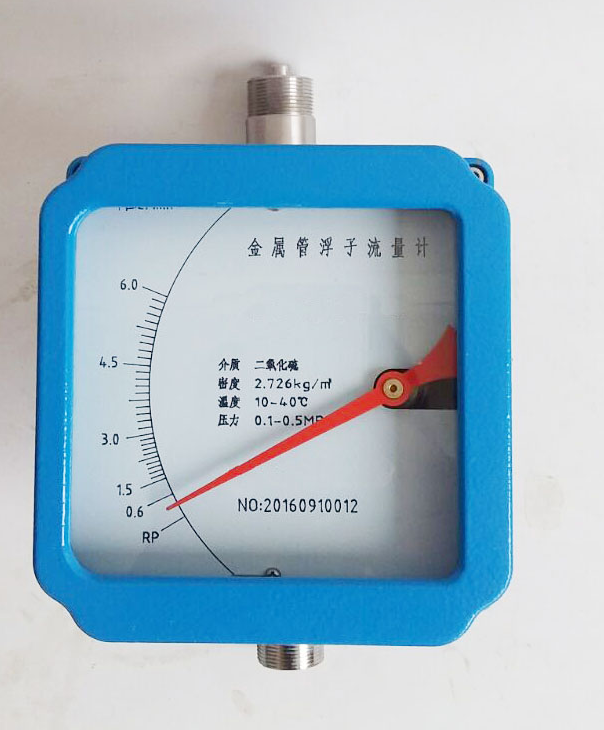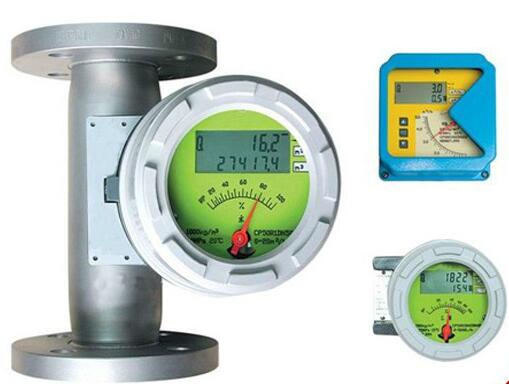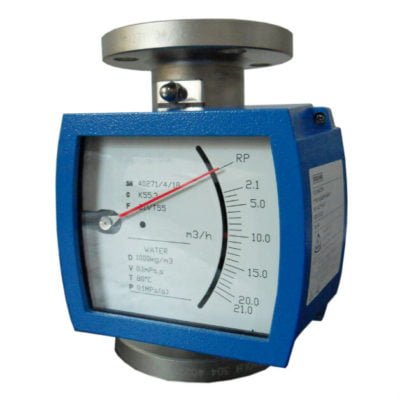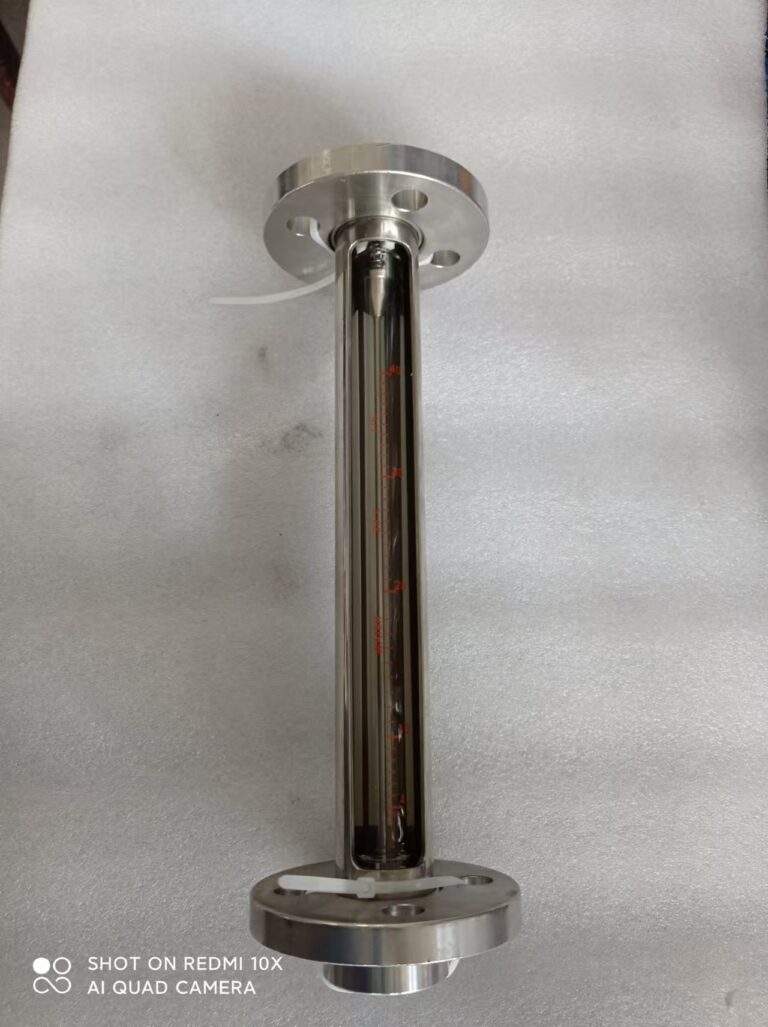Rotameters, also known as variable area flow meters, are widely used for measuring the flow rate of liquids and gases. When ordering a rotameter, it is essential to consider several factors to ensure the selected model meets the specific requirements of the application. Below are the critical considerations to keep in mind during the ordering process.
1. Understanding the Operating Medium
The type of medium that will flow through the rotameter significantly impacts the selection process.
Type of Medium: Rotameters can measure liquids, gases, and steam. The type of fluid determines the required flow meter material and design.
Temperature Range: The operational temperature of the medium is essential in selecting appropriate construction materials that can withstand high or low temperatures without degradation.
Pressure Conditions: High-pressure applications require robustly built rotameters to prevent leaks or ruptures.
Viscosity of the Medium: Highly viscous liquids require specialized rotameters designed to minimize measurement inaccuracies.
Corrosive Properties: If the medium is corrosive (e.g., acids or aggressive chemicals), choosing a material like PTFE, stainless steel, or other corrosion-resistant materials is crucial.
2. Flow Rate Range
Selecting the correct flow range is essential to ensure accuracy and prevent oversizing or undersizing the meter.
Identify the minimum, normal, and maximum flow rates.
Choose a rotameter with a range that comfortably includes the expected operating flow.
Specify the flow rate units (e.g., L/h, m³/h, Nm³/h, SCFH) to match industry standards.

3. Accuracy Requirements
Different applications require varying degrees of accuracy:
Standard rotameters typically provide an accuracy of ±2-5% of full-scale reading.
High-precision applications may require specially calibrated rotameters with an accuracy of ±1% or better.
For critical processes, consider models with flow correction capabilities.
4. Installation Considerations
Proper installation is crucial for reliable measurements.
Mounting Direction: Most rotameters require vertical installation, but some models are designed for horizontal or inclined positions.
Connection Type: Verify compatibility with the existing piping system. Common options include:
Flanged connections (e.g., ANSI, DIN standards)
Threaded connections (e.g., NPT, BSPT)
Clamp or quick-connect fittings (for sanitary applications)
Pipe Size Compatibility: Ensure the rotameter matches the pipeline diameter to prevent flow disturbances.
5. Material Selection
Choosing the right material is vital for durability and safety.
Glass Tube Rotameters: Suitable for low-pressure and non-corrosive fluids. Easy to read but fragile.
Metal Tube Rotameters: Used for high-pressure, high-temperature, and corrosive applications. Common materials include stainless steel and aluminum.
Plastic Rotameters: Made from PVC, PTFE, or acrylic for chemical resistance and lightweight applications.

6. Output and Signal Requirements
Modern rotameters can be equipped with electronic outputs for process automation:
Mechanical Indication Only: No external power required, suitable for manual monitoring.
Analog Output (4-20mA, 0-10V): Enables remote monitoring and integration with control systems.
Digital Interfaces (HART, Modbus, RS485): Useful for industrial IoT and smart process control.
Flow Alarms: Optional limit switches can trigger alarms if the flow rate exceeds set limits.
7. Environmental Considerations
Assess the operating environment to ensure longevity and accuracy:
Hazardous Locations: If used in explosive atmospheres, ensure compliance with ATEX or IECEx certifications.
Temperature and Humidity Exposure: Extreme conditions require weatherproof or insulated designs.
Vibration and Mechanical Stress: Robust mounting and additional support may be necessary in high-vibration areas.
8. Power Supply and Energy Consumption
Mechanical rotameters operate without power, making them ideal for remote locations.
Electronic models require power sources (e.g., 24VDC, 220VAC), which should be considered during installation.
9. Brand and Certification Requirements
To ensure quality and compliance, consider the manufacturer’s reputation and certifications:
ISO Certification (for quality assurance)
CE Marking (for European market compliance)
FDA, 3A Sanitary Standards (for food and pharmaceutical applications)
NIST Traceable Calibration (for precision measurement assurance)

10. Providing Key Information for Ordering
To avoid miscommunication with suppliers, provide detailed specifications, including:
Medium Type (Liquid, Gas, Steam)
Flow Rate Range (Min, Normal, Max in appropriate units)
Operating Pressure and Temperature
Pipe Size and Connection Type
Accuracy Requirement
Material Selection (Glass, Metal, Plastic, etc.)
Mounting Orientation (Vertical, Horizontal)
Output and Alarm Needs
Environmental Considerations (Explosion-proof, corrosion-resistant, etc.)
Certifications and Standards Compliance

Conclusion
Selecting the right rotameter requires careful consideration of the operating conditions, material compatibility, flow range, and additional functionalities such as digital outputs or alarm systems. By providing comprehensive specifications to the manufacturer, users can ensure they receive a flow meter that meets their precise needs, enhancing operational efficiency and measurement accuracy.
